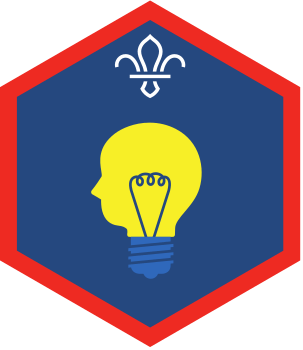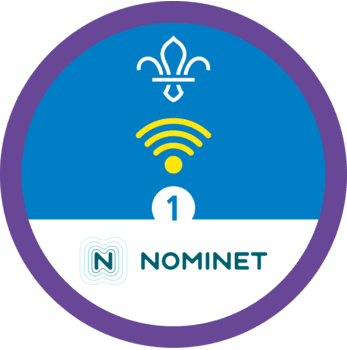Bogus bulletins
You’ll need
- Access to the internet
- Access to a computer
- Pens or pencils
- Scrap paper
Bogus news to load
Before you begin
- Check that the internet is working as it should. Everyone in the group will need access to a stable internet connection for this activity. You should also be able to share hyperlinks (clickable links to webpages) with everyone in the group through their devices. To do this, you may need to use email or text.
- Load up the above webpages containing ‘fake news’.
Run the activity
- Everyone should get into small groups. Each group will need access to at least one device with an internet connection. Computers are best, as several people can easily read the screen together, though if people in the group have smartphones, these could also be used.
- Explain to the groups about ‘fake news’ (ie what it is). Make clear that in some cases, fake news can be spread accidentally, when the person who wrote the news piece didn’t have all the facts, but that it can also be deliberate. Share this link to the Twitter feed of the National Trust with the groups. This is an example of fake news that’s been written to make people laugh.
- Explain to the groups that fake news can sometimes be used to mislead people. This means it makes people think something is true that may not be true, to try and change how people think and what they believe. It can also be used to annoy and upset people (‘trolling’).
- See what the groups know about fake news (the ‘good’ kind and the ‘bad’ kind) and whether they know any examples. Between them, each group should come up with one example of a news piece that’s either ‘real’ or ‘fake.’ Each group should copy and share the hyperlink to their news piece with the person leading the activity, who should then share it with a different group. That group should read the news piece and decide whether the story is ‘real’ or ‘fake.’ Groups should try to think of ‘fake’ stories that are convincing, or ‘real’ stories that are unlikely to fool the other group!
- As the groups read their news pieces and work towards their decision, go among them and remind them to look out for the following:
- Groups should decide whether the story was real or fake. Let the group who found the story in the first place reveal the truth. See who can sort fact from fiction.
The fact checking revolution
Follow in the footsteps of these truth-seeking trailblazers:
Cut through the spin and concentrate on the facts.
BBC Reality CheckFind, expose and counter bad information.
Full FactTest the claims of people in power.
C4 News FactCheckReflection
The internet is a fantastic and seemingly endless pool of knowledge, which anyone can contribute to. This makes it easier to share knowledge than ever before, but it also makes it easy to be misled by incomplete or false information. How did it feel to read the articles knowing that they might not be true? Why is it important to know how to identify a fake news story? What damage could fake news potentially do?
Safety
All activities must be safely managed. You must complete a thorough risk assessment and take appropriate steps to reduce risk. Use the safety checklist to help you plan and risk assess your activity. Always get approval for the activity, and have suitable supervision and an InTouch process.
- Online safety
Supervise young people when they’re online and give them advice about staying safe. Take a look at our online safety or bullying guidance. The NSPCC offers more advice and guidance, too. If you want to know more about specific social networks and games, Childnet has information and safety tips for apps. You can also report anything that’s worried you online to the Child Exploitation and Online Protection Command. As always, if you’ve got concerns about a young person’s welfare, including their online experiences, follow the Yellow Card to make a report.
Challenge the groups to find fake news stories about specific subjects. Start with an easier one (something related to politics) but then see if they can find ones about the media, history, food and drink, language and countries/cultures.
It’s a good idea to find fake/real news articles for the groups to use beforehand, to make sure that no inappropriate content is shared.
All Scout activities should be inclusive and accessible.
Each group should take a fake news story that was discussed and put the author in their place! Use reliable sources to find out what really happened and rewrite the story as it should have been.
This activity is a great opportunity for the group to share what they search for online. Let them share news pieces about things they’re interested in, if they’re appropriate for the rest of the group.

